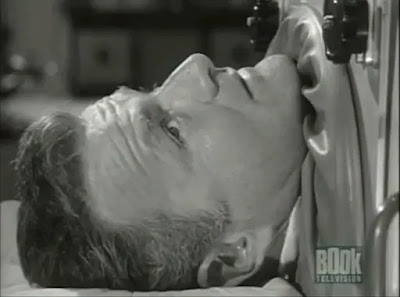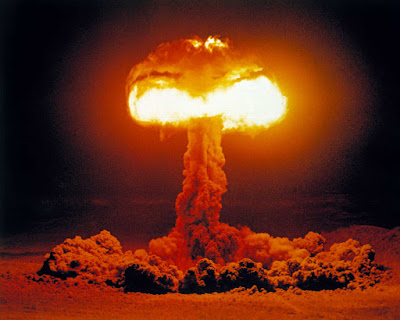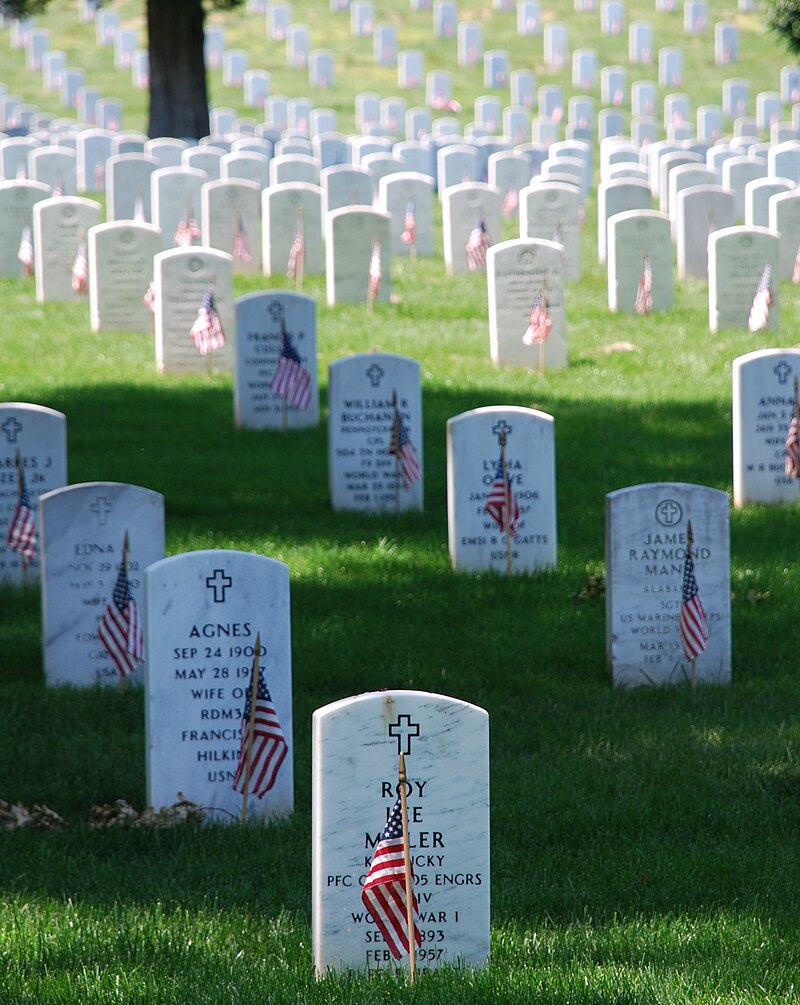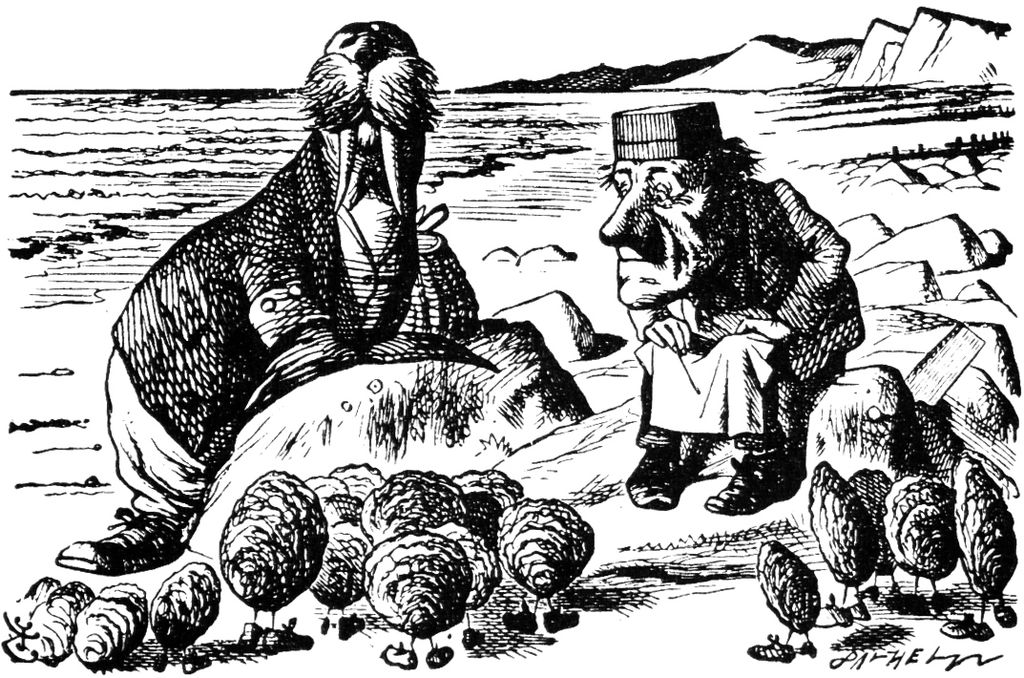On May 25, John Floyd posted a list of his thirty favorite crime/mystery/suspense films, in no particular order. John's theory was such a list reveals as much about the compiler as the subject being addressed, which I think is true. My somewhat impromptu list, given below, reflects my love of forgotten and obscure titles and actors. For the most part, I've left out comic mysteries, and I've also intentionally excluded most series films, which leaves out a lot of great ones. I may address mystery film series in a future post. So here are my thirty. I hope you'll give one or two of them a try.
1920s
Bulldog Drummond (1929)
Ronald Colman's first talkie shows that not all early sound films were deer in the headlights of the new technology. (Yes, he made a second Drummond, but are two a series?)
1930s
Murder! (1930)
Herbert Marshall in an early (and creaky) Alfred Hitchcock talkie. Marshall lost a leg in World War I, but still had a long film career, as this list will show.
The Maltese Falcon (1931)
A pre-code version of the Hammett classic. The Bogart version implies that Spade was a hound. Ricardo Cortez demonstrates it, with the aid of Bebe Daniels and Thelma Todd.
Murder on a Honeymoon (1935)
The one true series mystery I let slip in, from the Hildegarde Withers series starring Edna May Oliver and one of the great comedy-relief policemen, James Gleason.
The Ex-Mrs. Bradford (1936)
One of the best
Thin Man imitations, because it has William Powell himself, plus Jean Arthur.
It's a Wonderful World (1939)
Really a screwball comedy, but it has a murder and James Stewart as a private detective. Plus Claudette Colbert and the dumbest cop in the movies, Nat Pendleton.
1940s
Grand Central Murder (1942)
A nice little B picture by MGM, a studio whose B's look like A's. Van Heflin leads a solid cast that includes another great comedy cop, Sam Levene.
Keeper of the Flame (1943)
The first and least typical of the Spencer Tracy/Katherine Hepburn teamings has
Citizen Kane pretentions but is really a murder mystery, with great early '40s atmosphere.
The Phantom Lady (1944)
Ella Raines sets out to clear her boss of murder. Based on a Cornell Woolrich novel.
The Mask of Dimitrios (1944)
Peter Lorre and Sidney Greenstreet in a story by Eric Ambler. Enough said.
Laura (1944)
Okay, they can't all be obscure. Cop Dana Andrews falls in love with Gene Tierney's picture. And who can blame him?
Green for Danger (1946)
English murder mystery set in a rural hospital during the V-1 barrage. Alastair Sim (of
Christmas Carol fame) plays a policeman who is both comic and clever.
The Killers (1946)
A
Hemmingway short story as the launch pad for a noir mystery starring Burt Lancaster and Ava Gardner. The investigators are Edmond O'Brien and Sam Levene, this time playing it straight.
Crack-Up (1946)
An almost Hitchcock-grade mystery of a man, Pat O'Brien, who claims to have been in a train wreck no one else remembers. Supporting cast includes film noir veteran Claire Trevor and Herbert Marshall, still soldiering on, but now in featured roles.
Deadline at Dawn (1946)
Great year, 1946. This one's a little talky, but the talk is by Clifford Odets, so it's okay. Susan Hayward stars.
Ride the Pink Horse (1947)
A nice little film noir directed by and starring Robert Montgomery. The solid supporting cast includes another noir stalwart, Thomas Gomez.
My Favorite Brunette (1947)
Right in the middle of the Philip Marlowe craze, Paramount came out with this burlesque of Chandleresque PI films staring Bob Hope, Dorothy Lamour, and Peter Lorre.
Out of the Past (1947)
Robert Mitchum in
the film noir, with Jane Greer and Kirk Douglas. If only Mitchum had played Philip Marlowe at this age. More cult film than obscure film, but it had to make the list.
The Naked City (1948)
Maybe the first real police procedural, with Barry Fitzgerald, Don Taylor, and the real New York City.
1950s
Mystery Street (1950)
I thought we'd never get out of the '40s. This little film is an early (but not the earliest) celebration of crime scene forensics. It stars another Ricardo, Ricardo Montalban.
D.O.A. (1950)
Another cult film. Good location work in LA and San Franciso and a great performance by Edmond O'Brien as a man trying to solve his own murder. Gets me every time.
Cry Danger (1951)
Dick Powell as a parolee out to prove his innocence (or profit from his time in jail). Nice location work in backstreet LA. Rhonda Fleming and William Conrad in support.
On Dangerous Ground (1952)
Tough cop Robert Ryan meets blind Ida Lupino. Great Bernard Hermann score.
23 Paces to Baker Street (1956)
Van Johnson, also blind, tries to solve a crime in London. Vera Miles, one of Hitchcock's crushes, stands by him.
1960s
The List of Adrian Messenger (1963)
John Huston directed this murder mystery starring George C. Scott. One of Herbert Marshall's last films, released an amazing thirty-three years after
Murder!
Harper (1966)
Not exactly obscure, since it stars Paul Newman, but a solid PI film with a great cast, including Lauren Bacall. Based on
The Moving Target by Ross Macdonald.
Marlowe (1969)
For my money, a successful transportation of Philip Marlowe to the Summer of Love, starring James Garner. Based on Chandler's
The Little Sister.
1970s
The Carey Treatment (1972)
If you need a 1970s fix, this is the film. Blake Edwards directed James Colburn and Jennifer O'Neill. Based on Michael Crichton's
A Case of Need.
Friends of Eddie Coyle (1973)
As I wrote in a recent post, this authentic little mob picture is the anti-
Godfather. It stars Robert Mitchum, a veteran of 1940s noir, and Peter Boyle.
The Midnight Man (1974)
Another aging noir star, Burt Lancaster, starred in, co-wrote, and co-directed this mystery set on a college campus. It also stars Susan Clark and Cameron Mitchell.
Did they make movies after 1974? I'll look into it and get back to you.




































